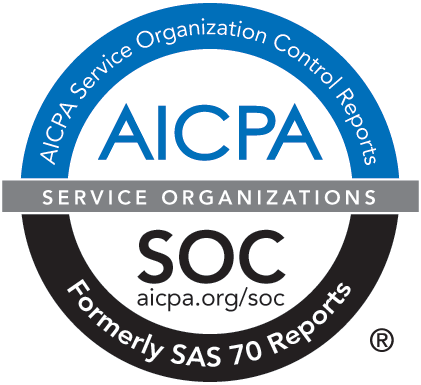
What So Many Credit Unions Get Wrong About Social Media
Share:
In addition to blog writing, our communication team regularly consults credit unions on social media and various inbound marketing techniques.
Why am I telling you this? Because a recurring comment we hear from credit unions when discussing social media is: “My boss doesn’t think it’s worth our time — there’s not enough ROI.” I’ve explained to clients the real ROI of social media enough times to decide the topic deserves its own article. So, here we go…
Calculating and Tracking ROI
If you check out Investopedia, they give this formula to calculate ROI:
When you’re talking about more concrete, black and white business investments, this formula works. But when you’re talking about something more intangible like member loyalty and customer service, it’s too gray for the formula to be relevant.
When your credit union hands out suckers its members’ children or pens to its members, does it use this formula? Or, if it takes part in a community event like a cancer walk or holiday fundraising, is ROI calculated?
All of these touch points fall under the umbrella of public relations and are meant to boost goodwill and loyalty, not direct return on investment. If you haven’t guessed it, we tend to liken social media to public relations, sometimes even member service when members seek out your social media platforms with a concern or issue. Public relations and goodwill can’t be measured concretely enough to be put into a formula.
The Real ROI of Social Media
All this is well and good, but you still need to appease your management with a measurement … even if it doesn’t fit into the ROI formula. A bit older, but still a great article in Forbes, Why ROI is Often Wrong for Measuring Marketing Impact, includes this statement from Dominique Hanssens, professor of marketing at UCLA Anderson School of Management and a co-founder of MarketShare: “Marketers rarely mean ROI when they say ROI. ‘Plain’ ROI is certainly an important metric for managers. But it falls well short of helping us understand marketing’s contribution to business goals, or how those contributions can be improved. ROI is too limited. To gauge and improve marketing effectiveness, for example, we must factor in the strategic intent of all marketing investments a company makes.”
We usually recommend tracking user engagement, which doesn’t always mean Facebook likes or Twitter follows. It means following up with member comments or complaints in the social arena so other members, or even potential members, can see that you take member service seriously. It means interacting with members when they comment on your posts. It also means keeping track of what posts get the most engagement and going with what works.
They’re There … and They're Waiting
Not everything we do as marketers can translate into real ROI. A final thought you might want to share with your managers, should they ask about social media ROI … Why wouldn’t you use social media?
It’s where your members live, no matter what demographic you seek, and it doesn’t take much time or money to implement. Millennials, soccer moms, high-paid execs – they’re all on social media somewhere. Let them know your credit union is current with the latest marketing channels by engaging with them on social media. If you don’t, I’m sure your competition will be happy to.
« Return to "Social Media & Inbound Marketing"
